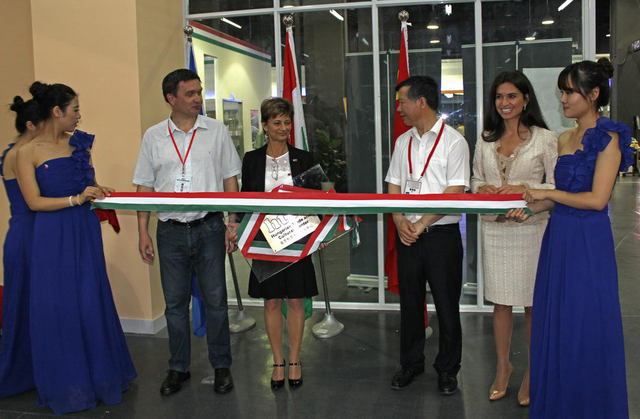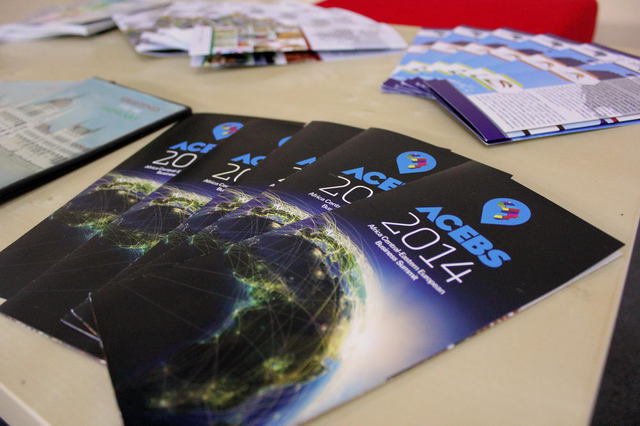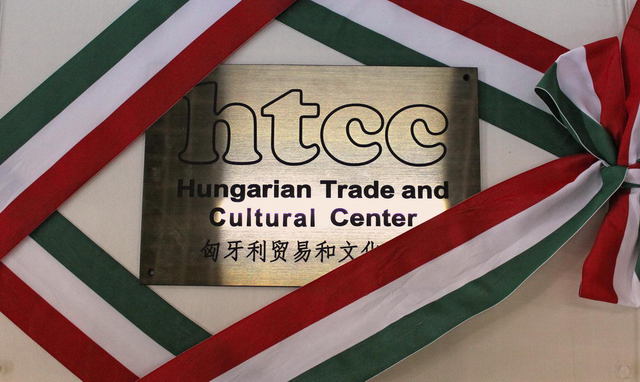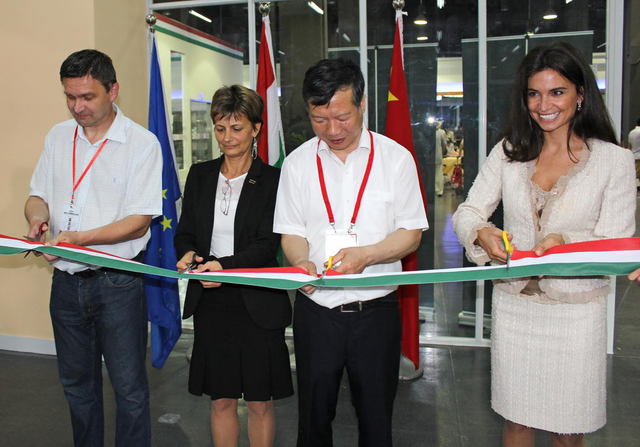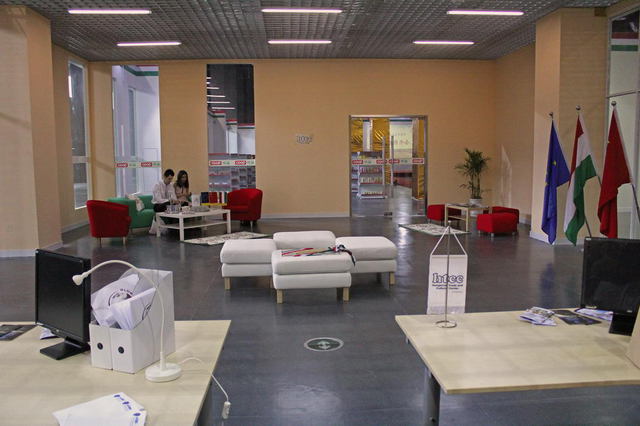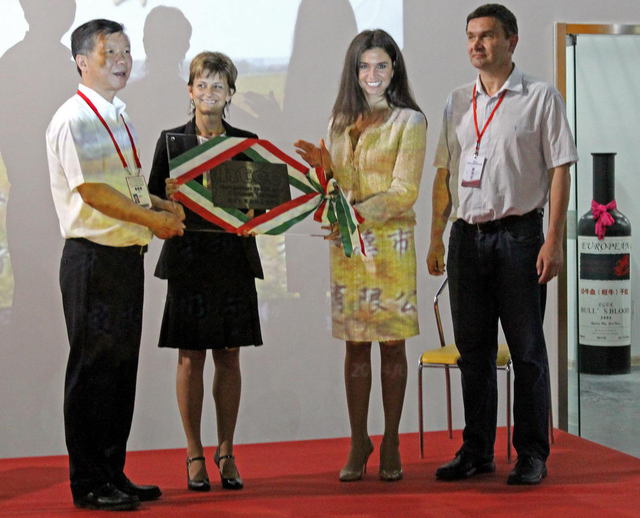HTCC China

Useful Information
Form of state: Communist People's Republic
Head of state: Hszi Csin-ping (from 2013)
Prime Minister: Li Ko-Zhi (from 2013)
Proclamation of the People's Republic of China: October 1, 1949
Area: 9 596 960 km²
Population: 1 371 300 000 people
Ethnic composition: han Chinese 92%, other 8%
Language: official language: mandarin; other spoken languages: Cantonese
Religion: Folk Religions 22%, Buddhist 18%, Christian 5%, Muslim 2%, Religionless 53%
Capital: Beijing
Gross Domestic Product (PPP): USD 17.62 trillion, per capita: USD 12,900
Currency: Chinese Renminbi (Yuan - CNY) - 1 CNY = 46.2 HUF
China is the largest, continental-sized country in East Asia. As one of the oldest civilizations in the world, it was an ancient cultural unit in ancient times, and at this time it was a highly developed area. Many more inventions, such as compasses, paper, gunpowder, porcelain, or silk, that were well-known in Europe, were already known in China. After the formation of the unified empire, it was developed for a long time by the leadership of the different dynasties and the other cultures until the 19th century. century. Today's modern China is currently the most populous nation in the world and has the world's second largest economy.
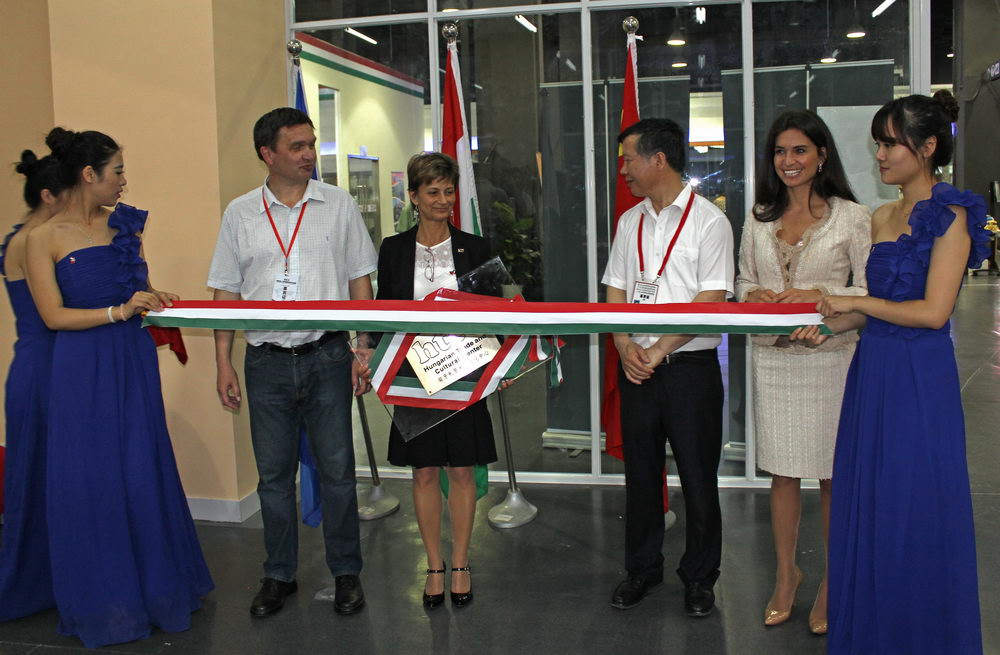
Economy
Nature
In the southern parts of the country, the monotone subtropical climate is dominant. In the northern, near-sea areas, the humid continental continent, in continental dry areas, and in some parts of Inner Mongolia, has moderate desert climates. There are mountain climates in the high mountains and Tibet. China is the third largest country in the world, so it is not surprising that very diverse landscapes can be found in its territory. Generally speaking, the altitude falls steadily from east to west. In the west, the higher mountains are Himalayas, Kunlun, Tiensan, and Tibetan Plateau. Going eastward, lower mountains and plateaus follow, while most of the eastern part of the country is lowland. There are more than 1,500 rivers in the country, the Yangtze River being the largest in both water and longitude.

Tourism
Among the sights of China, the main attraction remains the memories of thousands of years of civilization, such as the Great Wall of China. Religious structures and contemporary culture (opera, dance, theater) also play an important role. Natural attractions (mountainous landscapes, exotic wildlife, etc.) are also can be found through the country. Today, technical solutions and architecture can be observed in large cities. Last but not at least, gastronomy is one of the major importance of tourism.
Tourist destination:
• the great Wall of China,
• Chinese pyramids,
• Terracotta Army,
• Beijing and Shanghai City,
• Tibetan plateau,
• Lungmen caves.
HTCC House Contact
Haiyan North Road
Ningbo Exhibition Center
Pavillion 9
Ningbo - China
